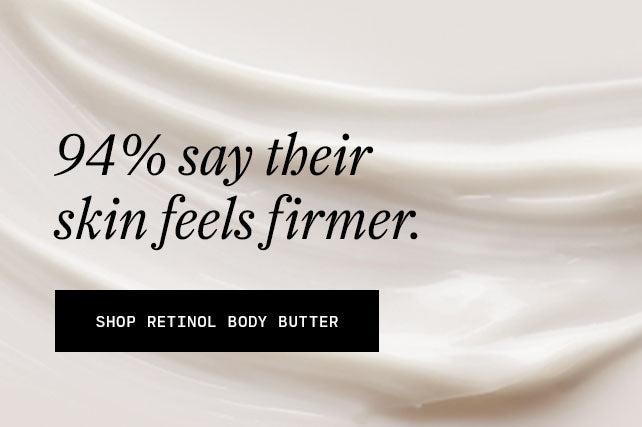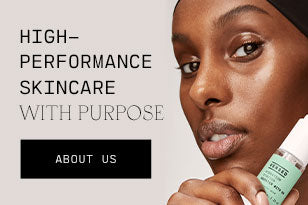
How Sunscreen Came to Be: A Timeline
Clearly, sunscreen has come a long way since its inception, which makes us feel pretty lucky to have the safe, effective form of sun protection (like our very own Guards Up!) we use today. If you’re curious about how exactly sunscreen got its start, or just want more evidence to share with your friends and family that still need convincing to use one daily, keep scrolling for its complete history.
Around 30 BCE
Sunscreen, in some form or another, has been around since ancient times. The Egyptians (who were more interested in protecting themselves from sunburn and tanning due to lighter skin being cosmetically preferable) played around with different skincare ingredients and concoctions that are actually found in many formulas today. They used plant extracts, like rice, jasmine, and lupine, to protect their skin, while the Ancient Greeks attempted their own version with olive oil.
1930s
Several innovators began to experiment with the idea of sunblock in the 1930s. In 1932, Milton Blake came up with a sunscreen that was mildly effective. A french chemist Eugène Schueller (who became the founder of L'Oreal) introduced his version of sunscreen in 1936, which still needed improvements. Meanwhile in 1938, Franz Greiter, a chemistry student, became interested in inventing a more effective sunscreen after becoming sunburned while climbing Mount Piz Buin.
1940s
Interest in sunblock heightened in the mid-1940s, when airman Benjamin Green created one of the first modern sunscreens called ‘red pet vet’ after noticing the dangerous impact sun exposure had on WWII soldiers. Unfortunately, the sunscreen was uncomfortable and also, as you might’ve guessed, red. Later, he would add the mixture to cocoa butter and coconut oil to create the sunscreen we now know as Coppertone.
By the way, remember Greiter from earlier? He finally finished his ‘Glacier Cream’ in 1946, which would later be discovered to have an SPF of just 2.
1950s
Sunscreen sales began to skyrocket when the famous ‘Coppertone girl’ was illustrated by Joyce Ballantyne and used to market sunscreen more broadly.
1970s
Greiter’s sunscreen efforts continued into the 1970s when he helped develop the term SPF (sun protection factor) in 1974, which we still use today. While this standard wasn’t adopted by the FDA until 1978, it helped the sunscreen industry make major strides to ensure companies were formulating products that were actually effective. This was also the time that water-resistant and broad-spectrum sunscreens began to pop up on the market.
1990s-2000s
Scientific studies find that many sunscreens aren’t actually effective against skin cancer since most only protect against UVB rays, and not UVA rays. This prompts companies to make their products broad-spectrum by including UVA-blocking ingredients (like titanium and zinc oxide), too.
2019
Versed seeks to develop its first broad-spectrum mineral sunscreen product that is reef-safe and doesn’t leave a white cast. Because studies about the effect of blue light on skin begin to emerge, protection against both environmental and electronic pollution becomes key for the formulation.
2020
Versed officially launches its very first sunscreen, Guards Up Daily Mineral Sunscreen Broad Spectrum SPF 35!






